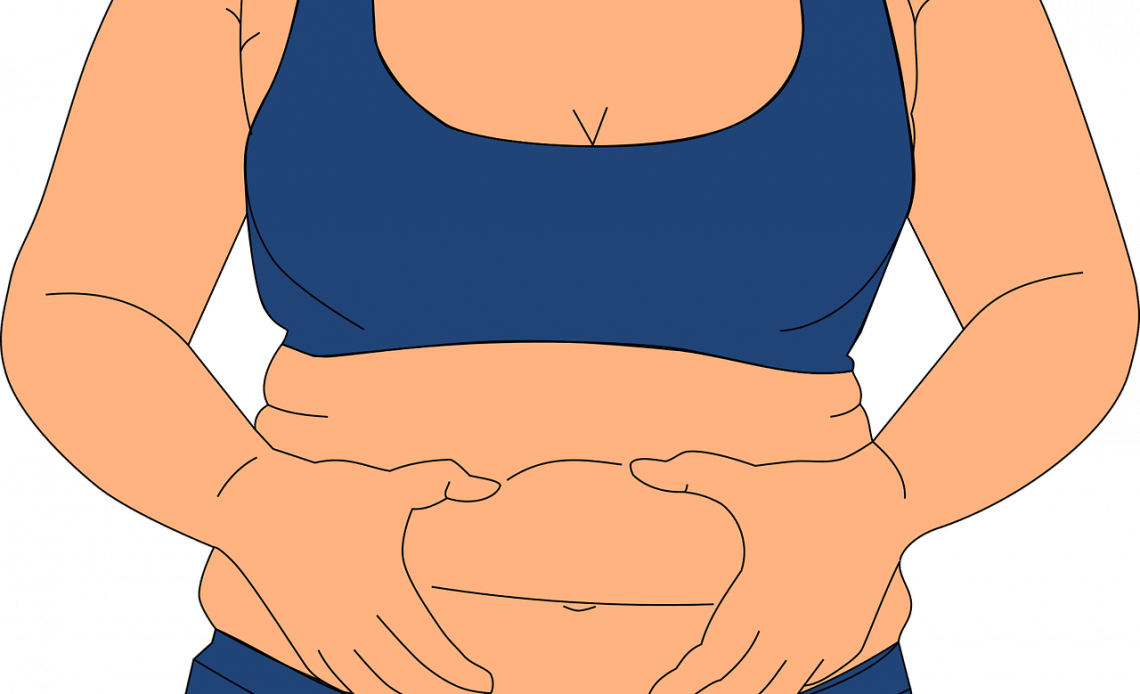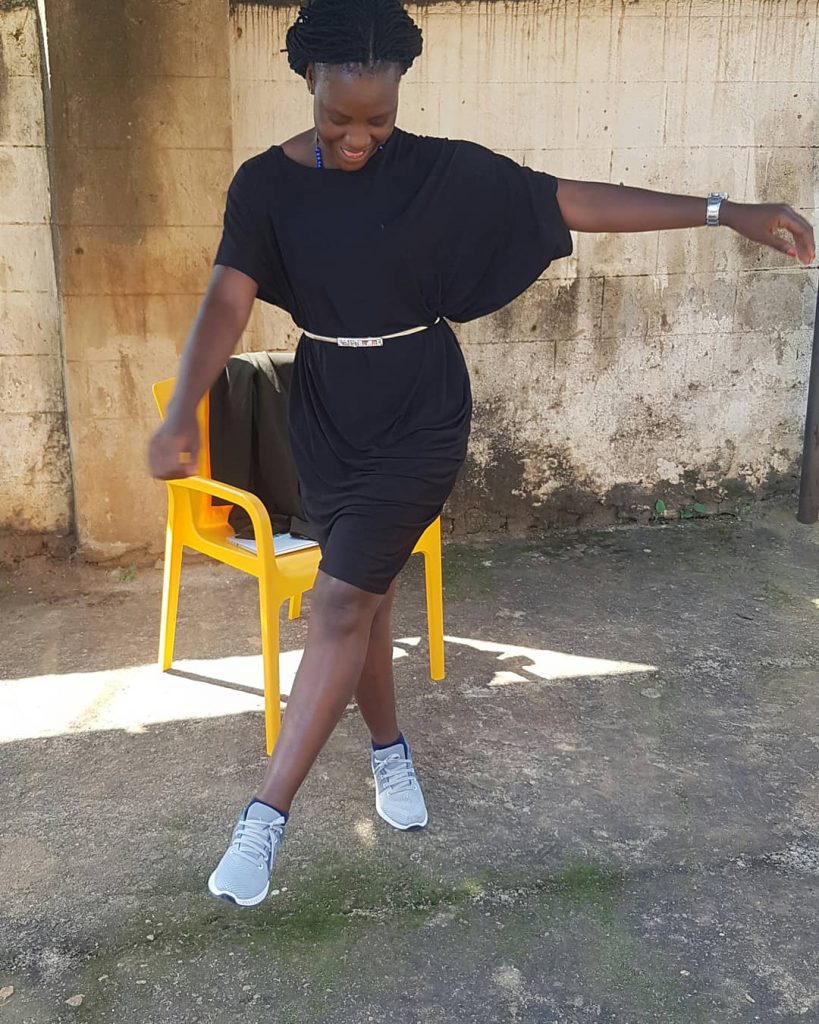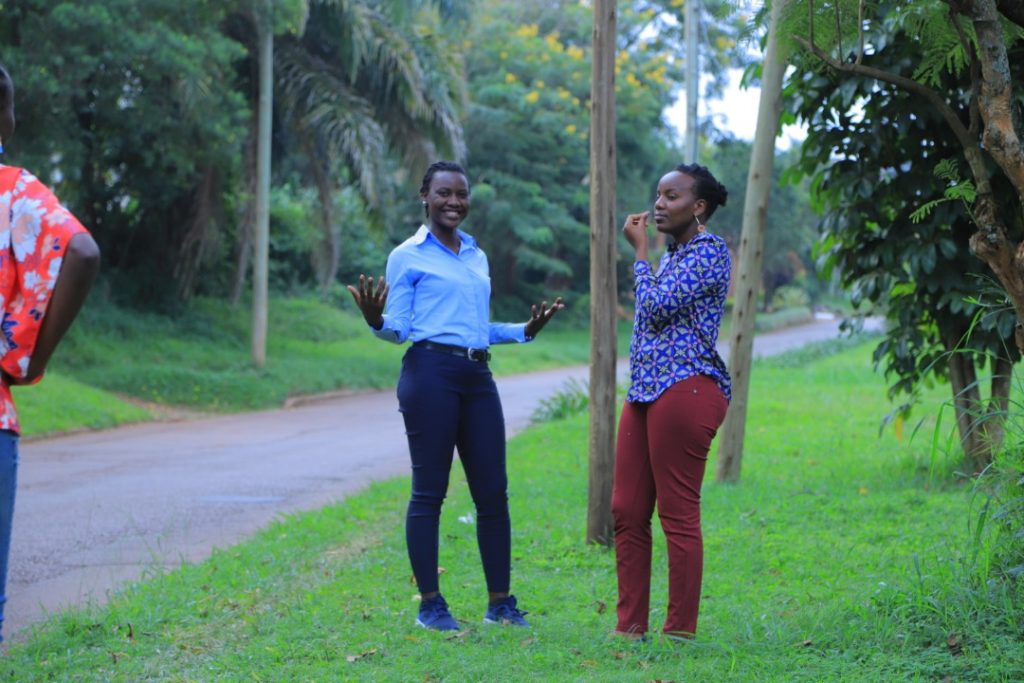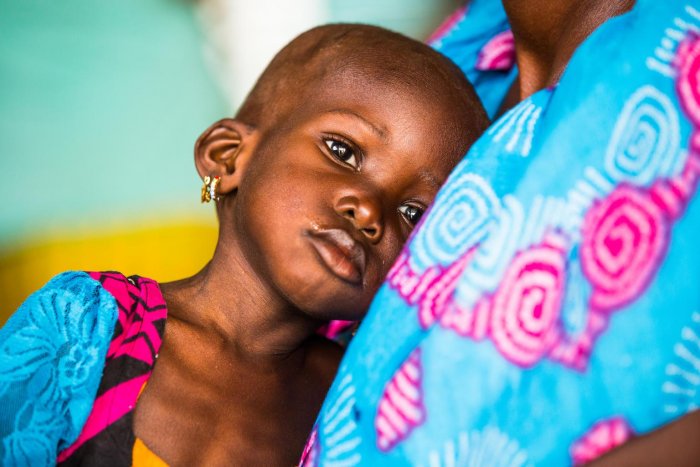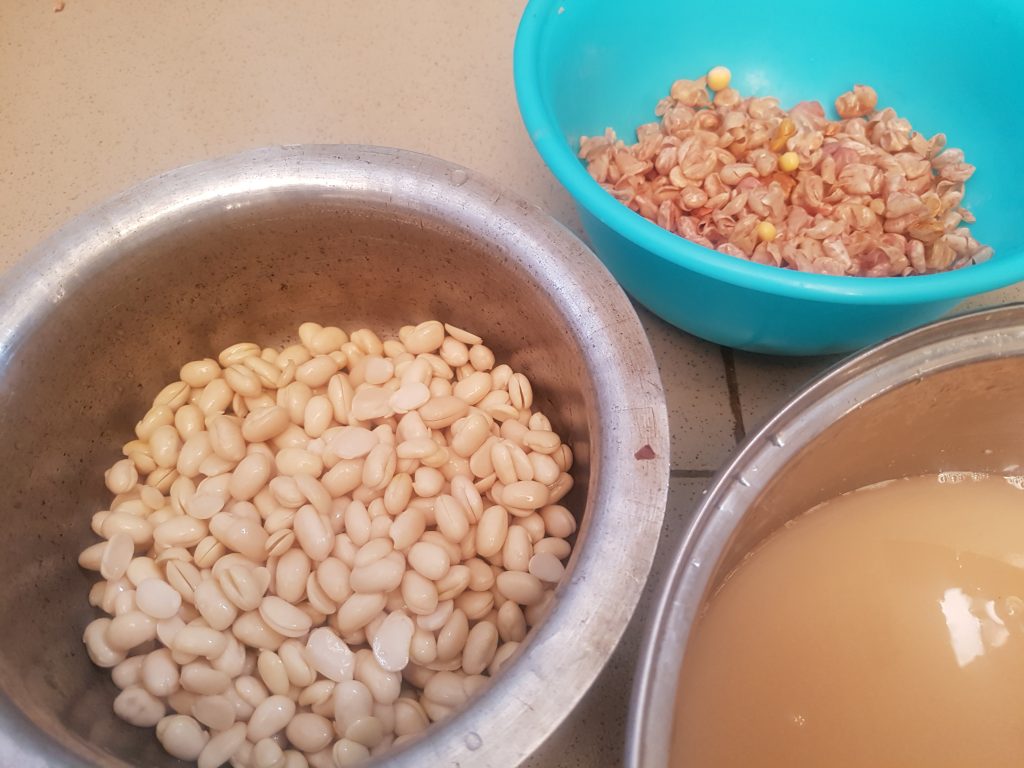I don’t know what kind of life you are currently leading in this Covid period with all the craziness of the deaths, masks, washing hands and lockdowns at least here in Uganda. Grass has now increased it’s value with concoctions erupting each day leaving many with burnt faces as they try to steam away the virus. But who can blame them? Anything that can help to keep one from the oxygen mask sounds viable. But before all this, there were struggles which may now look trivial like getting rid of excess belly fat.
Sandra did not mind her excess belly fat which made her look like she had been created with 2 stomachs. You know those piles of flesh which make a distinct divide below your waist line? Yes those. She did not give them thought mainly because half the time she had no where to go. She was a stay home mother, working from home and only got to leave the house to buy some onion bulbs and salt when it got done. She got a few stares here and there whenever she went to church on Sunday but this was for a short time as she entered church or when she was leaving. Still this did not bother her much, after all she stayed away from the body con type of dresses which would probably have made her the center of unwanted attention. Once in a while when she watched television, there was a talk show of a famous herbalist who always talked about different ways of using organic natural methods to live healthy. On this particular day, he was talking about a way one can detox their stomach by flashing warm water through the rectum. Yes, through the rectum. The way water is able to move from the cistern in your bathroom and flash down the contents in the toilet, someone could do the same to their body system and flash out the unwanted contents in the stomach like excess fat. Sandra did not believe it of course because television talk shows can at times be a stage of theater. Whoever has the money can stage a show and the one with the best craft will be able to get a standing ovation. But the idea of getting rid of her 2nd stomach sounded like such a good idea so she decided to do an independent investigation as to whether this was even a feasible idea or if there were results that she could draw courage from to try. To her surprise this seemed to be a popular thing among the people she asked. You could think it had been approved by the CDC and she would not have bothered to try if she had got a testimony from her cousin Aidah who owed her flat stomach to the infamous evacuation detox that she claimed to use time to time.
Manned with the tools for the exercise having taken her son to the grandmother, she was determined to make this happen. It was a Friday afternoon, in the privacy of her home, she had finished boiling the water that would have to be used in the exercise. So apparently you fix a long flexible tube, those tubes like the nasogastric tubes used in hospital when your health has deteriorated so much that you cannot even swallow food, so they have to fix a tube from the nose down to your throat to give you food just to keep you alive. Yes a tube like that now goes all the way into your rectum. The free end is then fixed to a jerrycan with the warm water which creates a flow system. The water apparently fills your bowel and you remove the tube and release the water which should come out with the ‘unwanted’ materials hence doing a detox. Easy right!!! Well for Sandra it was different. Aside the awkwardness of having to fix tubes in uncomfortable places, the water burnt her buttocks instead. What was supposed to be an interesting wonder working exercise, left her walking like she had weights attached to her insides for a number of days as she treated her scalds.
I will never try these self help wonder hacks again, Sandra told me as I tried so hard to swallow the laughter that came from the whole imagination of what that Friday must have looked like. Sandra will probably not read this but if she does, it will be printed and sent by bus 300km from where I am writing this.
If you can, try to eat right so that you do not have to undergo evacuation exercises like Sandra and end up with burnt buttocks.

